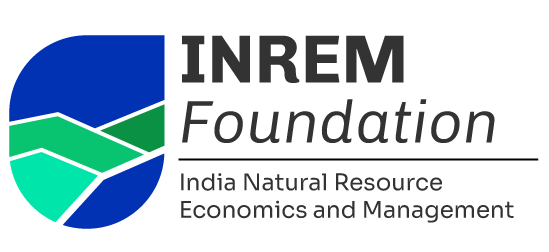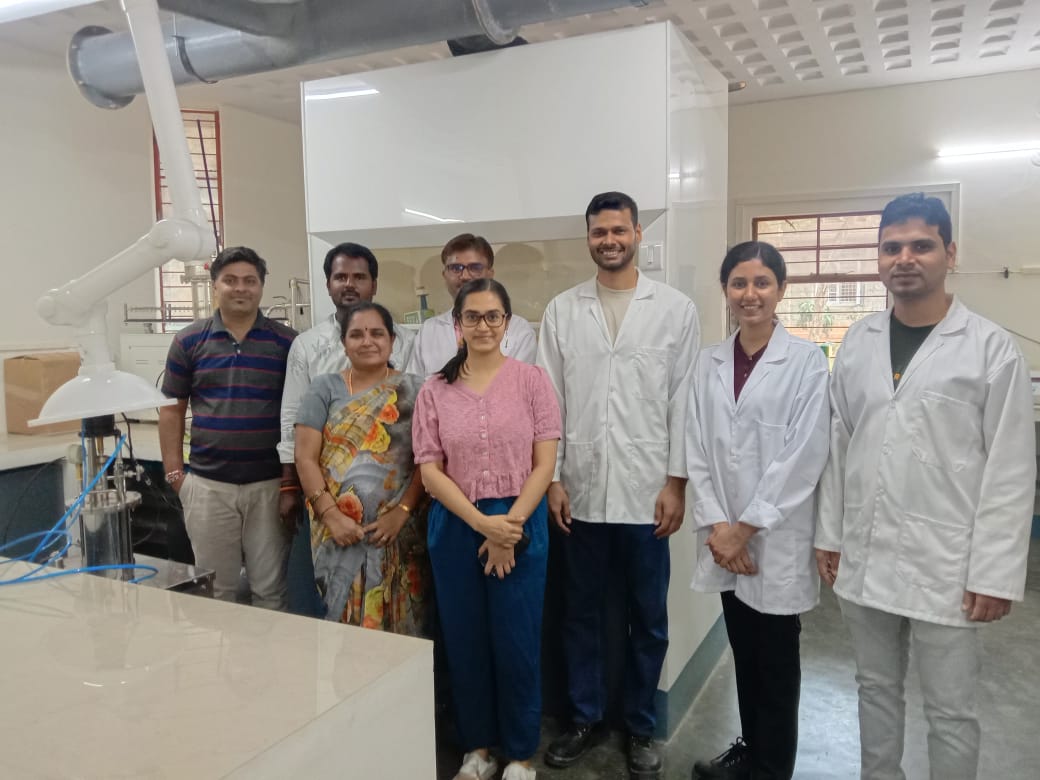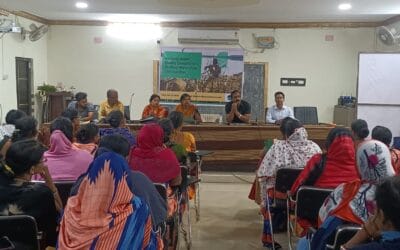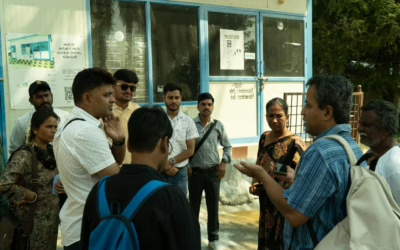Water moves across landscapes and institutions, but its risks have many layers: from geology to social systems. This note examines how contamination, governance, and local knowledge overlap, and how people-led monitoring, simple technologies, and district platforms can turn detection into durable action. Download the full PDF for the detailed findings and tools.
Blogs
From Lab to Field: Learning Arsenic Remediation at IISc – Kumar Gautam’s Internship Experience
How do lab experiments become practical solutions for villages? Kumar Gautam spent a month at the S3 Lab, Centre for Sustainable Technologies (IISc...
INREM Foundation and the Water Crisis: Climate, Accountability, and Evolving Standards
Introduction The global water crisis is deepening, with climate change, population growth, and pollution threatening water security for billions....
District Water Quality Platforms
INREM’s district platform model links community water testing with government planning and resources. Quick wins (safe-pump sharing, household...
Changemaking Networks: How INREM Builds Distributed Action for Water-Safe Communities
INREM’s network approach turns local action into lasting systems change. From community registries to Jal Exchanges and badge-based recognition, this brochure shows how trust, simple data, and distributed leadership create scalable solutions for water safety across India. Read the brochure to learn how changemaking networks amplify local power and spread practical solutions.
How can we think ahead of Fluorosis Mitigation?
Fluorosis, resulting from high fluoride in water, is a growing health concern affecting millions of Indians, both rural and urban. Despite numerous mitigation efforts, it remains largely unnoticed and overshadowed by higher-priority issues. Traditionally, the focus has been on providing fluoride-free water through water supply or treatment. However, the health aspect has been neglected, with poor detection infrastructure among doctors in affected areas leading to reliance on painkillers rather than addressing the root cause. Despite significant investments in defluoridation programs, they often fail to gain traction. This cycle perpetuates a reliance on piped water supply schemes, which face their own challenges. Urgent action is needed to address fluorosis comprehensively.






